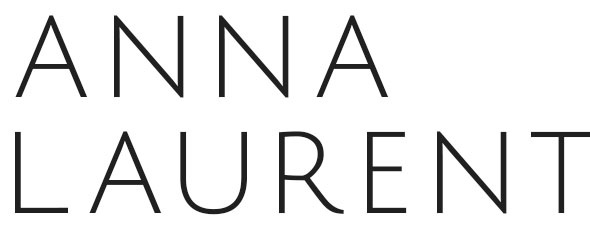On the Urgency of Art in the Age of Extinction
FLORXL, Issue 004: Plant Partnerships
What does it look like when something disappears? What I mean to say is: How do we visualize an absence?
In 2012 traveled to Kurdistan & took a photograph of a public art installation in Sulaymaniyah. Fruit flowing from a bomb tail section: one artist’s reckoning with all that the region has lost, and all that is still possible to recover. The former is vast beyond imagination, the latter unknown. Because how do we know how to recover, without knowing what has been lost?
This is the Fertile Crescent, where agriculture & civilization once spilled into the rest of the world. But recently the soil has witnessed an abundance of death. Of people & culture, habitats & native species. The region's biodiversity is vast, but this is the age of extinction.
So I’ve planted a garden of black silhouette endemics, currently considered endangered. There are many more, some still unknown to botanists whose efforts to name them are trying to keep pace with their disappearance.
Photographs from The Iraqi Seed Project
Collage with native plants & wheat farmer by Zagros Mountains (left) and market vendors in Sulaymaniyah (right). All photographs, including hollyhocks & oleander, Iraqi Kurdistan, 2012.
FLORXL is an independent publication designed with collage & founded by a horticulturalist at Royal Botanic Garden Kew, Wakehurst. All profits donated to the Lemon Tree Trust, an organisation that installs gardens in refugee camps, fostering the therapeutic and empowering potential of gardening, including Iraqi Kurdistan.
